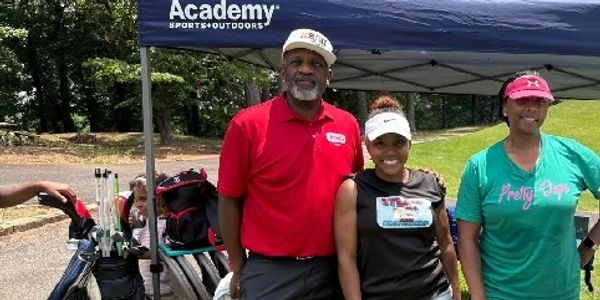stem-Science, Technology, Engineering, Mathematics

Join our STEM and sports programs
Links of Hope is now offering STEM, in the Metro-Atlanta area, we have created a new year round sports, program and added STEM to support the kids knowledge to educate and empower boys and girls to take advantage of the global opportunities in Science, Technology, Engineering, and Mathematics (STEM) and to acquire the skills needed to compete and succeed in the 21st Century and beyond.

Golf Training along with STEM education
Our mission is to support underprivileged youths and families by providing access to top-notch facilities and training in golf, boxing, basketball, swimming, soccer, and flag football, along with educational STEM (Science, Technology, Engineering, and Mathematics) instruction.

Meet our staff
Golf Director Burdette, Hawkins PGA, STEM Dream Penn, STEM Deitra Hill Jones, Links of Hope Inc.
Join Links of Hope Inc - Sports & STEM EDUCATION!
Sports & STEM education
Links of Hope offers: STEM Identity is a Life Matter.
Although cultivating STEM identity in students often paves the path toward careers in medicine, technology, engineering, research, cybersecurity, environmental science, and countless other roles, nurturing students’ STEM identity serves them well across the spectrum of their lives, even if they don’t pursue a career in STEM fields.
Here are some of the ways STEM identity takes students beyond STEM workforce readiness:
Fosters Critical Thinking — Before the rush of AI flooding the milieu, smartphones have practically eliminated critical thinking, as evidenced by the number of young people who rely on apps for skills like navigating a new city or conducting deep, exploratory research to find verifiable content. The days of unfolding a map or referencing hard-bound encyclopedias are gone.
Stimulates Innovation — Ironically, forward-thinking STEM professionals developed so many innovations that we (both students and adults) don’t often need to be creative problem solvers. Need to fix a vacuum? Hop on YouTube. Unable to parallel park? Hit a button in your car. Have another challenge? Shop online and have the solution shipped to you.
Facilitates Hands-On Exploration — Along the same vein as the previous points, as children, many of us spent our days being “bored” until we found something to explore, investigate, take apart, build or keep our hands and minds busy. STEM activities bring back the hands-on aspect of discovery.
Encourages Failure —Children who haven’t received positive feedback for making mistakes are typically afraid to try something new. Kids who are ridiculed by parents, peers, neighbors, strangers, or even educators for making mistakes will always play it safe.
Promotes Taking Calculated Risks — Age-appropriate trial and error can provide children and young adults with confidence. And in a world that is changing at warp speed, we all need to keep taking big swings.
Builds Confidence — If you’ve ever heard “I do it myself” from your child or a young student as they try to buckle their car seat or zip their jacket, you’ve also seen their eyes light up when they achieve this. Helping students form a STEM identity requires intentionally creating opportunities for confidence-building.
Promotes Equity — When students see this great manifestation of the Typicality and Centrality needed to form and nurture a STEM identity among all students.
Facilitates Collaboration — There are many reasons why people don’t work together. These could include pride, insecurity or a situational barrier. As the world returned to pre-COVID life, many in-person collaborations had gone by the wayside.
For many people, especially those who are introverts or lack confidence, this has partially blocked their opportunity to experience the joy of collaborative learning and success. Educators can create spaces where teamwork becomes an inherent part of every single day.
Develops Wise Consumers — With algorithms driving much of our media consumption, an increasing number of people are living within echo chambers that amplify their confirmation bias. Today’s students, who will drive tomorrow’s economy, need to apply critical thinking skills to ensure that they can discern the truth when it comes to products, services, and political rhetoric.
Nurtures Curiosity — The natural curiosity that toddlers display often diminishes as they grow older. Anyone who is a parent or has taught little ones knows that one of their favorite questions is “Why?” But somewhere along the way, we get so distracted by technology or focused on what must be done that we don’t take the time to answer their “Whys” or ask our own.
Delivers Global Impact — A STEM workforce comprised of critical thinkers enables innovative solutions for global challenges such as climate change and public health, while also sustaining the economic engine by equipping professionals for emerging global needs.-

Instagram
Reviews
Links of Hope Inc.
We use cookies to analyze our website traffic and optimize your website experience. By accepting our use of cookies, your data will be aggregated with all other user data to support our advancement.
